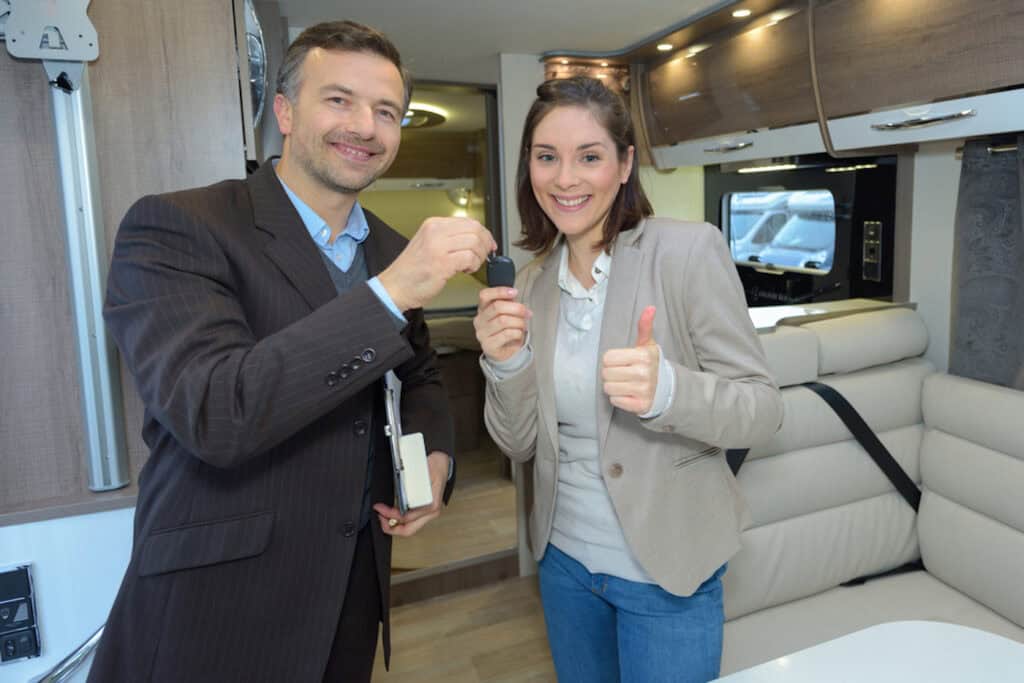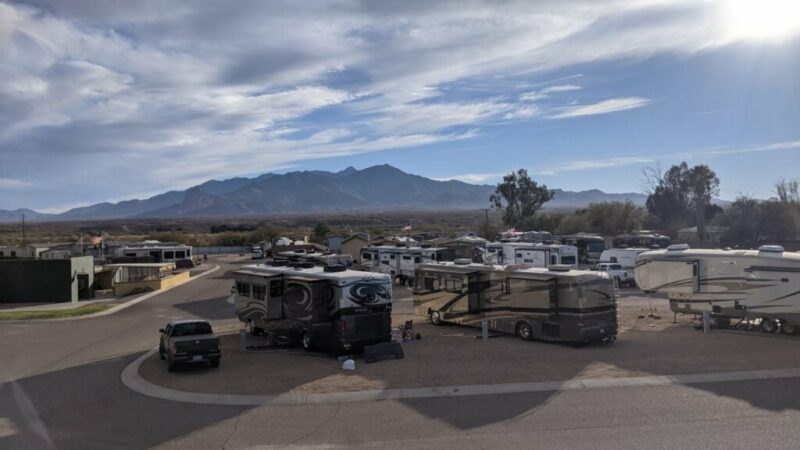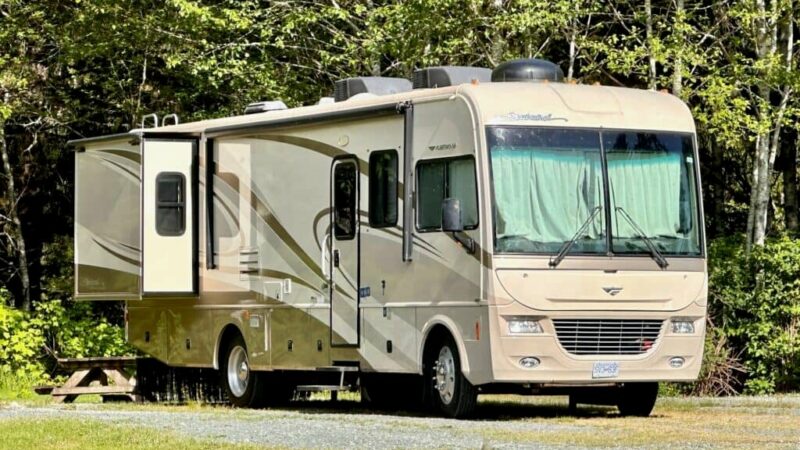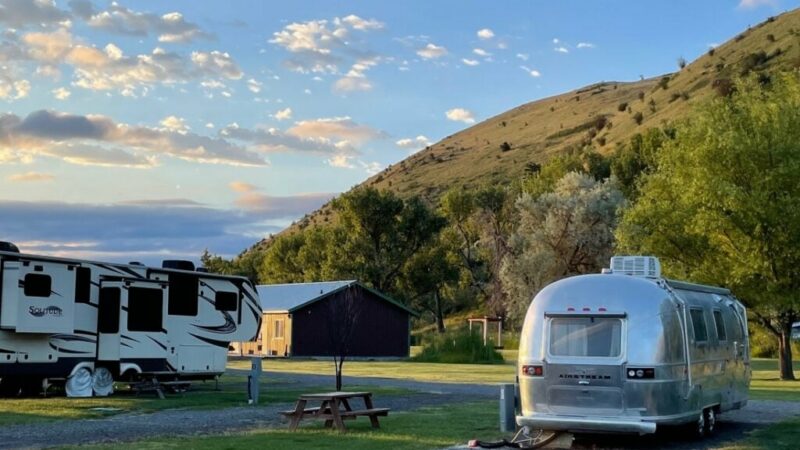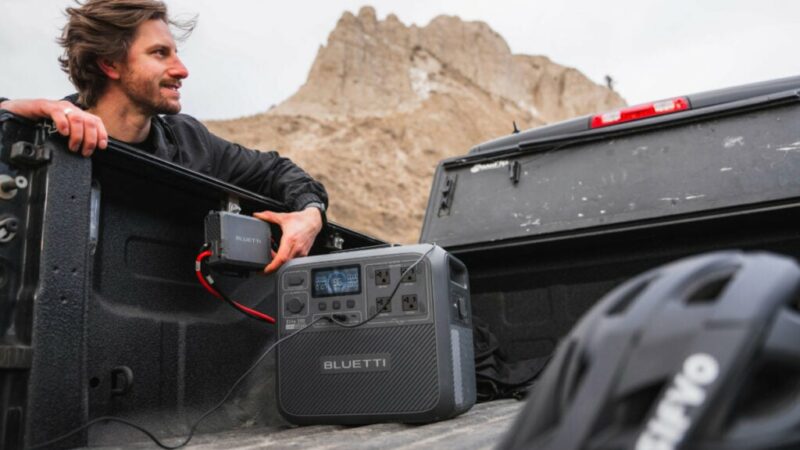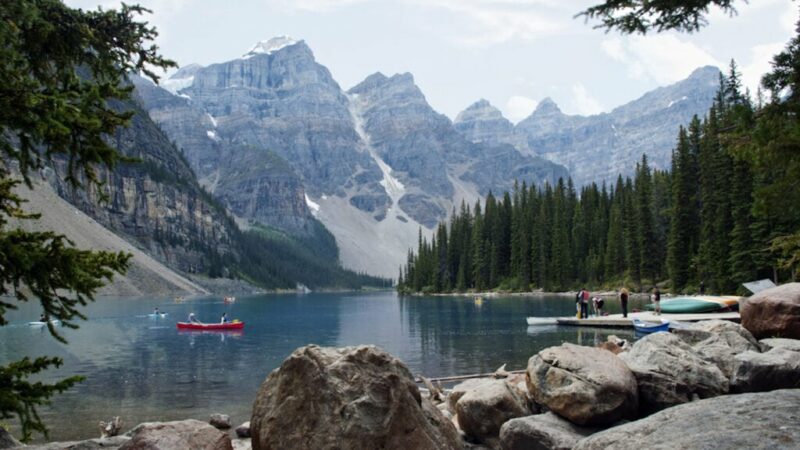10 Things to Do Before You Buy an RV
Do These 10 Things Before You Buy an RV
There are a lot of great reasons to get an RV. Perhaps the biggest reason is that having an RV makes camping incredibly convenient. That’s because there’s hardly anything to pack. As a matter of fact, packing for an RV camping trip is often just a case of loading up food, beverages, and propane. After that, you simply hitch up or drive, depending on whether you have a towable or a motorized RV. Aside from convenience, there are a lot of other reasons that you might want to buy an RV.
However, there are two common pitfalls you’ll want to avoid whether you’re an RV newbie, or you’re an experienced RVer looking to upgrade your rig. These are buying an RV that doesn’t suit your camping style and paying too much or more than you can afford for your RV. To avoid these mistakes, let’s walk through 10 things you should always do before you buy an RV so that you can avoid both of these all to common mistakes.
1. Decide on the type of RV that will best suit your needs
If you’ve come this far in your RV journey you already know there are thousands of RV makes and models with floorplans to suit just about any RVer. That’s because there are so many different ways to use an RV, so manufacturers have something for everyone. RVs aren’t cheap, so it’s a good idea to know how you’ll be using your RV before you buy one. The RV you choose should reflect how you intend to use it.
Here’s a brief list of the different RV types with a brief description of what they’re best for:
Class A Motorhome
Description: Luxurious, large motorized RV with a bus-like appearance and an engine that’s either under the cockpit (gas) or at the rear of the coach (diesel pusher). A Class A can tow a second vehicle or trailer if properly equipped.
Sleeping Space: 2–8
Best Uses:
- Extended road trips and vacations
- Full-time RV life
- Weekend getaways
Class B Motorhome
Description: Van conversion featuring compact, efficient living space that includes all the necessary amenities plus a few more. A Class B can tow a second vehicle or trailer if properly equipped.
Sleeping Space: 2–4
Best Uses:
- Road trips
- Boondocking adventures
- Travel to remote camping locations
- State park camping
Class C Motorhome
Description: A luxury RV built on a powerful van chassis with a bunk or storage area above the cockpit. A Class C can tow a second vehicle or trailer if properly equipped.
Sleeping Space: 2–8
Best Uses:
- Extended road trips
- Boondocking adventures
- Weekend family camping trips
- Full-time RV living
- State park camping
Super C
Description: An ultra-luxurious subset of Class C motorhomes that is built on a heavy-duty truck chassis with a bunk or storage over the cockpit area. A Super C can tow a second vehicle or trailer if properly equipped.
Sleeping Space: 2–8
Best Uses:
- Extended road trips in comfort
- Boondocking adventures
- Weekend family camping trips
- Full-time RV living
Fifth-wheel
Description: Towable RV with a cabover section that sits over the bed of the tow vehicle. The cabover frequently contains the living room or primary bedroom.
Sleeping Space: 2–8
Best Uses:
- Extended road trips
- Full-time RV living
- Off grid camping (not off road)
- Weekend family camping trips
Travel Trailer
Description: Towable RVs that vary widely in length, exterior materials, and weight. A diverse range of travel trailers are built for a variety of users. On one end of the scale, you’ll find lightweight teardrop, fiberglass shell, or aluminum trailers that are towable with smaller tow vehicles. Tipping the scale at the other end are 40 foot travel trailers and toy haulers with aluminum or Azdel siding that you need a 3/4-ton (or larger) truck to tow. Oh-and there’s also everything in between, from off-road campers to ultralight road warriors.
Sleeping Space: 2–10
Best Uses:
- Road trips
- Off grid camping
- Weekend family camping trips
- Some may be full time livable
Park Model RV Trailer
Description: Park Model RV trailers are boxy looking tiny homes that are designed to be towed somewhere and left in place for extended periods.
Sleeping Space: 2–7
Best Uses:
- Full-time RV living
- Luxury cottage
- Guest acommodations
Pop-Up Trailer
Description: Pop up RV trailers (often called tent trailers) are compact trailers designed to be part trailer and part tent. Pop-ups are the perfect choice for RVers who love tent camping but also want a full suite of amenities, own a smaller tow vehicle, or have a limited budget.
Sleeping Space: 2–8
Best Uses:
- Weekend family camping trips
- Glamping at state parks
- Boondocking off road
Truck Camper
Description: Truck campers fit onto the bed of a pickup, effectively turning your pickup into an RV whenever you need an RV.
Sleeping Space: 2–4
Best Uses:
- Weekend family camping trips
- Camping at state parks
- Boondocking off road
- Road trips
Once you’ve decided how you’ll be using the RV, it’s a good idea to go to the websites of a variety of manufacturers to check out various floorplans. These days, RV manufacturers offer thousands of floorplans. This means there is a perfect floorplan for everyone.
2. Determine an RV budget—and Stick to It
RVs are expensive, so it makes sense to stick to a price point that you can afford comfortably. It can be difficult to get away, and relax and have fun if you’re struggling to make payments on your RV.
While it’s possible to buy a new RV with low monthly payments on a mortgage style loan, this rarely makes good financial sense. The value of any new RV will depreciate by 20% as soon as you buy it. It will then lose as much as 10% of its value per year for the next 10 years. It isn’t long before the amount of the payments are far more than the RV is worth. But it’s not always a bad idea to borrow money to buy an RV. Just know what you can afford.
3. Try Before you Buy
Whether you’re new to RVing and just testing the waters, or you’re thinking of upgrading the RV you currently have, renting an RV is a great way to tell if that RV will work for you and your family. Of course renting an RV will cost you a few hundred dollars. However, you might save a lot more than that by not buying an RV that worked better in the showroom than at the campsite. There are many companies that rent RVs across the country. Here’s just a handful:
National RV Rental Companies
4. Decide Whether to Buy New or Used
There’s no denying that buying a brand-new RV can be one of the most expensive purchases you’ll ever make. Whether you’re new to RVing and just testing the waters, or you’re an experienced RVer who wants to save a lot of money and depreciation, buying an RV that’s a year or two old can make a lot of sense.
Another reason for buying a used RV is recent concern about problems with components and workmanship on new RVs. One thing it certain—whether you buy a used or new RV, you’ll need to do repairs sooner or later. It’s a good idea to factor RV repairs and maintenance into budget calculations either way.
5. Find a Reputable RV Dealer
There are a lot of good RV dealers out there who know that customer satisfaction is key to attracting a loyal following to their brand. There are also a few dealers out there who want nothing to do with you after you buy an RV from them. Online ratings can help RV shoppers identify good dealers (or bad ones). However, these ratings are sometimes manipulated by unscrupulous dealers. That’s why it’s always a good idea to ask around on RV forums or Facebook groups to see what other people have to say. Do your research before you head to a dealer’s lot. Here’s a list of resources for learning how well an RV dealer has treated past customers:
6. Research RV Values Before you Make an Offer
You’ll be in a stronger negotiating position if you do some research ahead of time to find out what the going price is for the RV you’re interested in. Luckily, we live in a day and age when the tools to do this are at our fingertips. For instance, the MSRP for new RVs is usually quickly available on the RV manufacturer’s website. But there are a few other places to look at what sellers are charging for any new or used RV model you might be interested in. Here’s a list of useful resources:
- JD Power (NADA Guides)
- RV Trader
- Facebook Marketplace
7. Get a Certified Inspection of Any RV You Are Seriously Considering
An independent, certified RV inspector has been trained to know exactly what to look for when inspecting an RV. They’ll have a list of hundreds of items that most people (even RV technicians) wouldn’t think to check. This usually costs a few hundred dollars, but in the end, it can save you even more than that. That’s because after the RV inspector gives you the written inspection report, you’ll be able to get the dealer to fix deficiencies and/or negotiate on the price. And if it’s really bad, you’ll be able to avoid buying a lemon.
Most dealers will insist that they’ve already had an inspection done. But remember: The dealer is in the business of selling RVs. It stands to reason that everything an RV salesperson says is aimed at selling you an RV. Always insist on an independent inspection before you sign anything and prepare to walk away if the dealer refuses.
8. Research Licensing and Highway Safety Requirements
It’s a good idea to research the license requirements before you purchase an RV. Most states don’t require additional licensing for RVs shorter than 40 feet or lighter than 26,000 pounds. However, each state has its own set of licensing regulations for RVs, so it’s a good idea to learn the regulations are in your state.
9. Take a Class at a Professional RV Driving School
For many people, the thought of driving an RV can be intimidating. RV driving schools across the country have programs that are designed to teach you everything you need to know to drive and back an RV safely and confidently.
RV Driving Schools
10. Learn How to Maintain Your RV the Right Way
Your new (or new to you) RV should last for many years if you maintain it properly. The first thing to do is to read the manual that came with your RV. After that, you can learn how to perform many simple RV maintenance tasks by watching YouTube videos. However, while some videos are great, others could lead you to big problems down the road. The best way to learn how to maintain (and repair) your RV is by taking an RV course for owners. There are now many RV maintenance courses available via online study programs. Here are a few that I recommend.
RV Maintenance And Repair Courses for Owners
Ready, Set, RV!
There are many reasons why buying an RV is one of the most important life decisions you can make. Buying an RV can be life-changing, launching you into a lifestyle of freedom and exploration of fascinating new places. Whether you’re buying an RV to make memories with kids/grand kids or just to take road trips or camp in comfort, it pays to do some legwork up front.
The post 10 Things to Do Before You Buy an RV appeared first on RV LIFE.
Source: https://rvlife.com/10-things-to-do-before-you-buy-an-rv/
